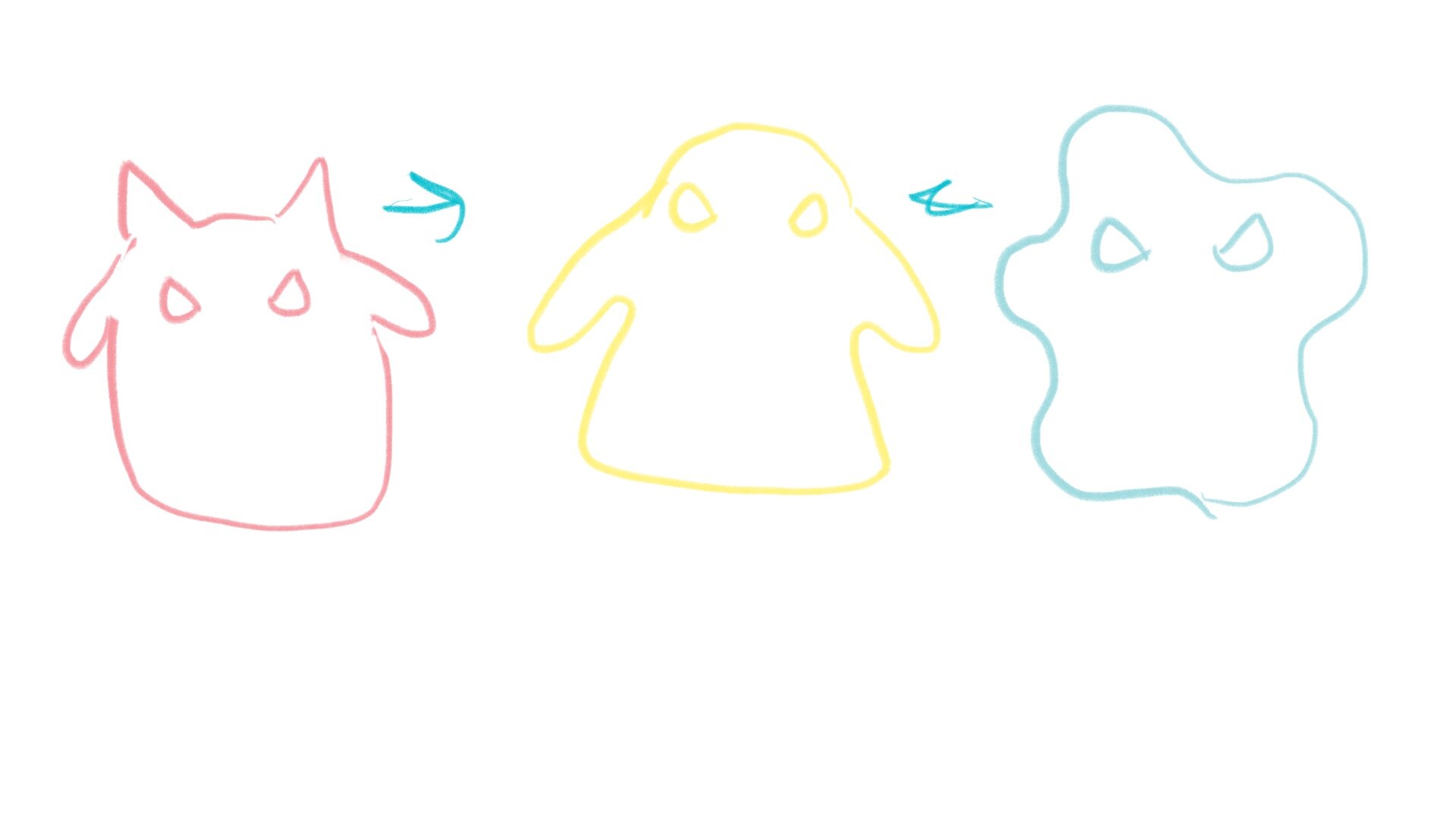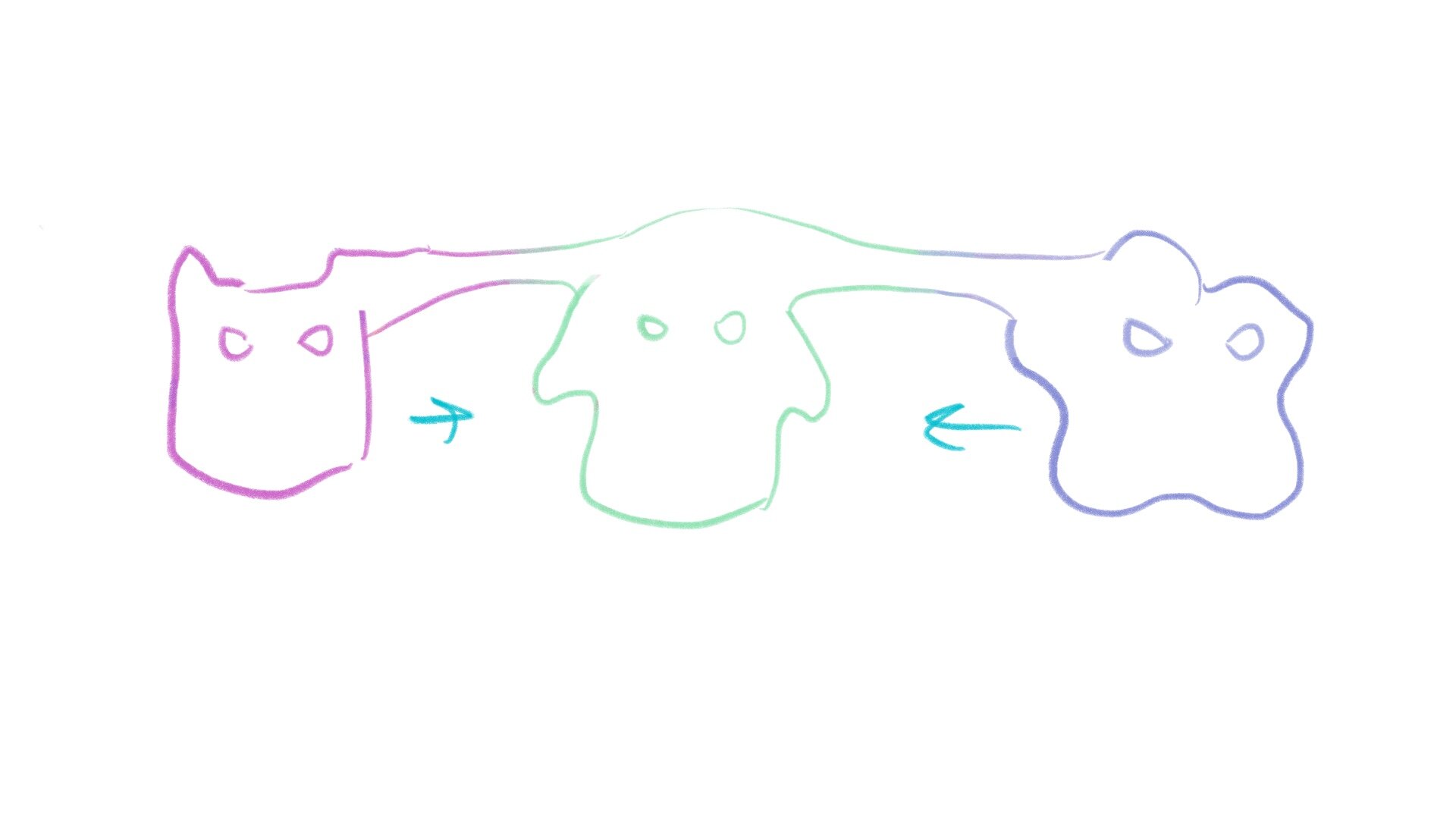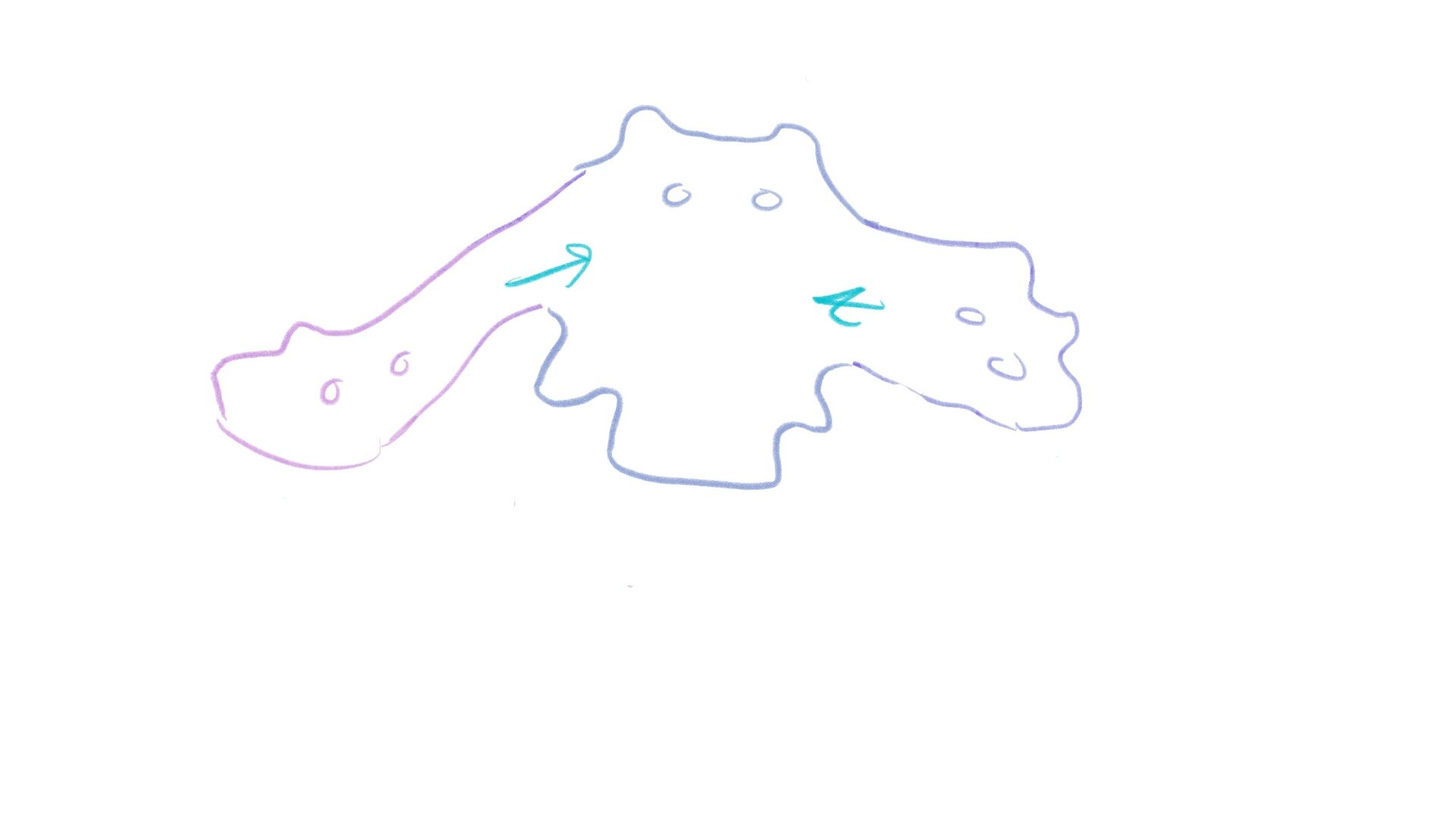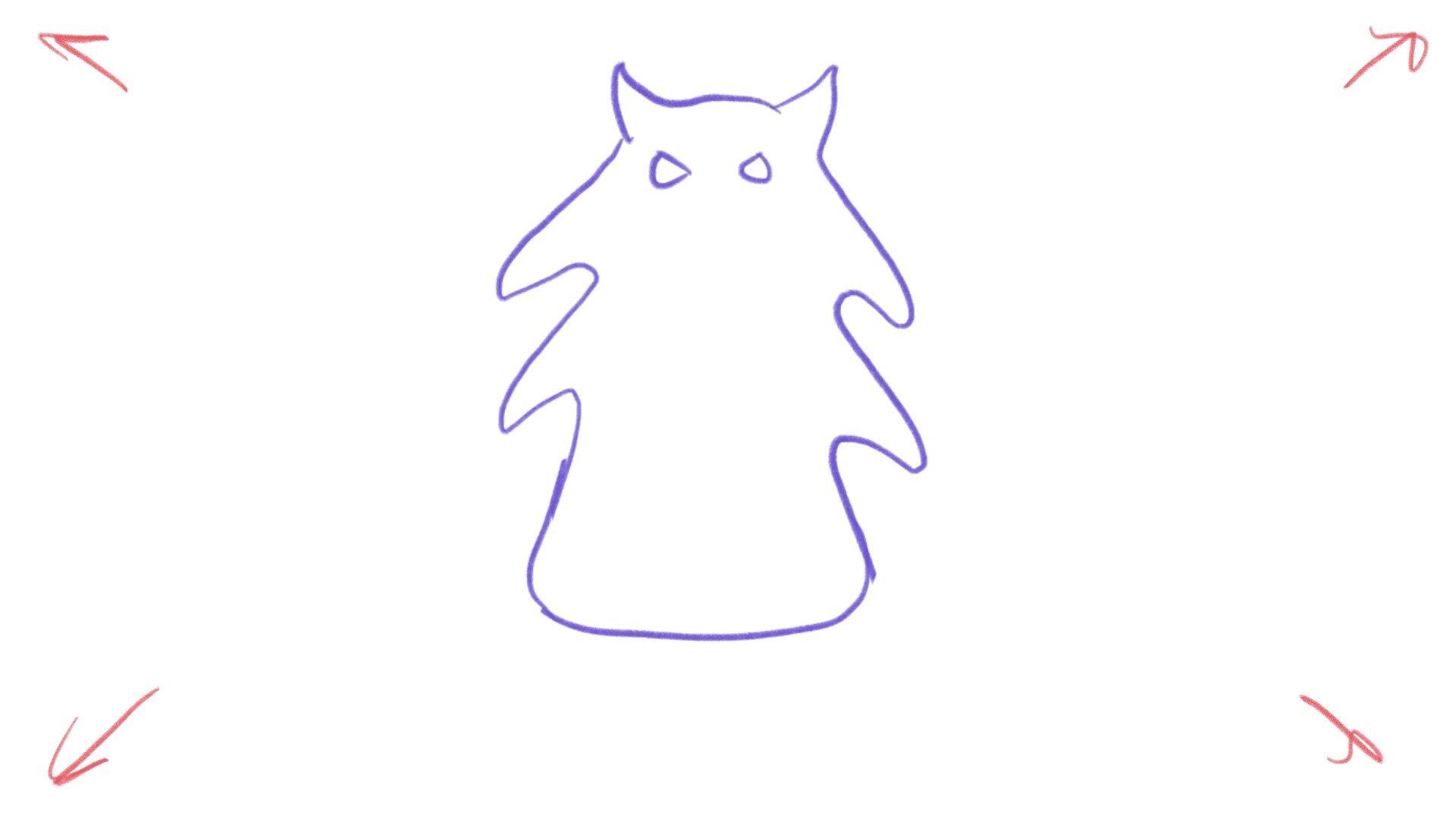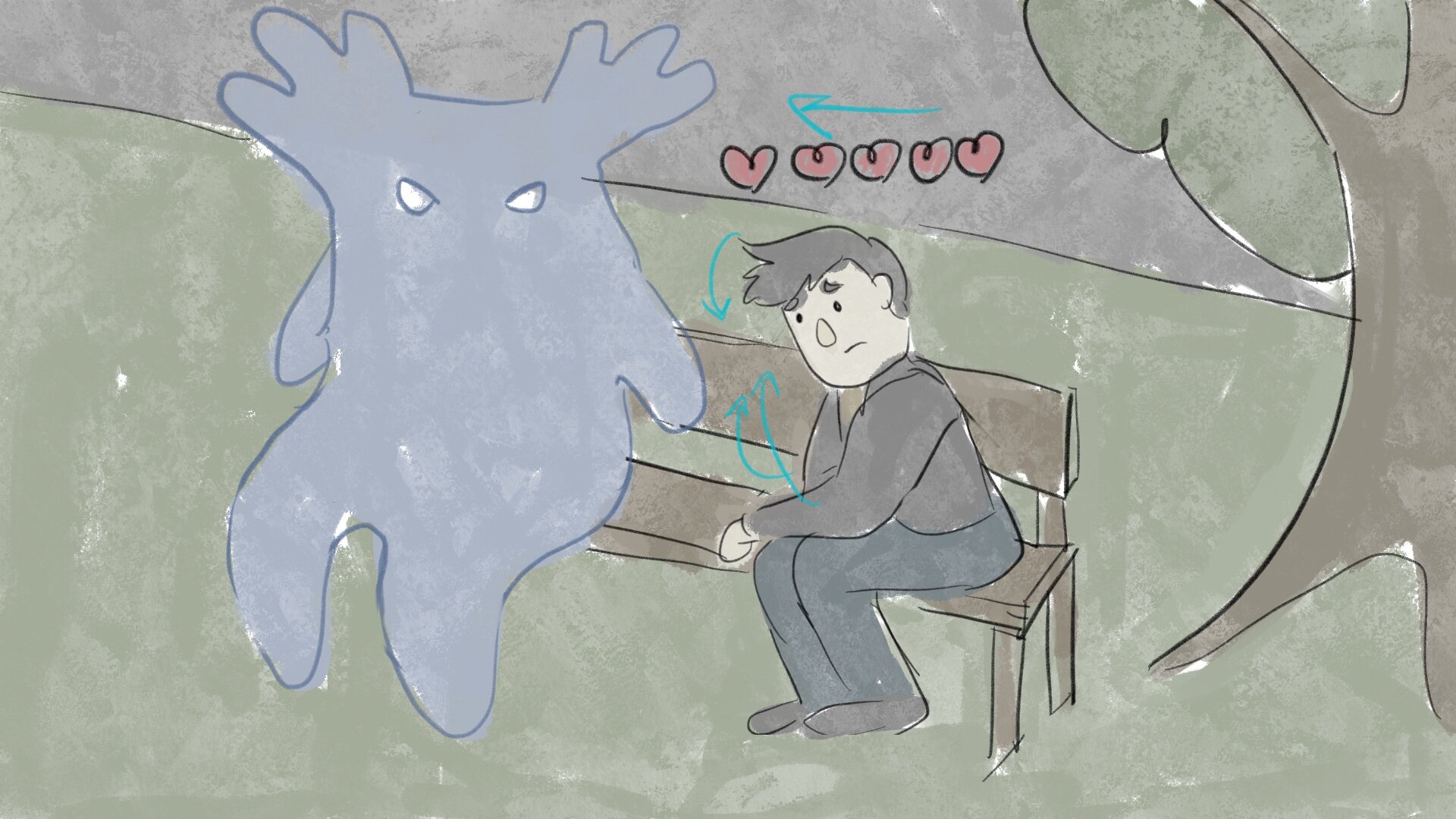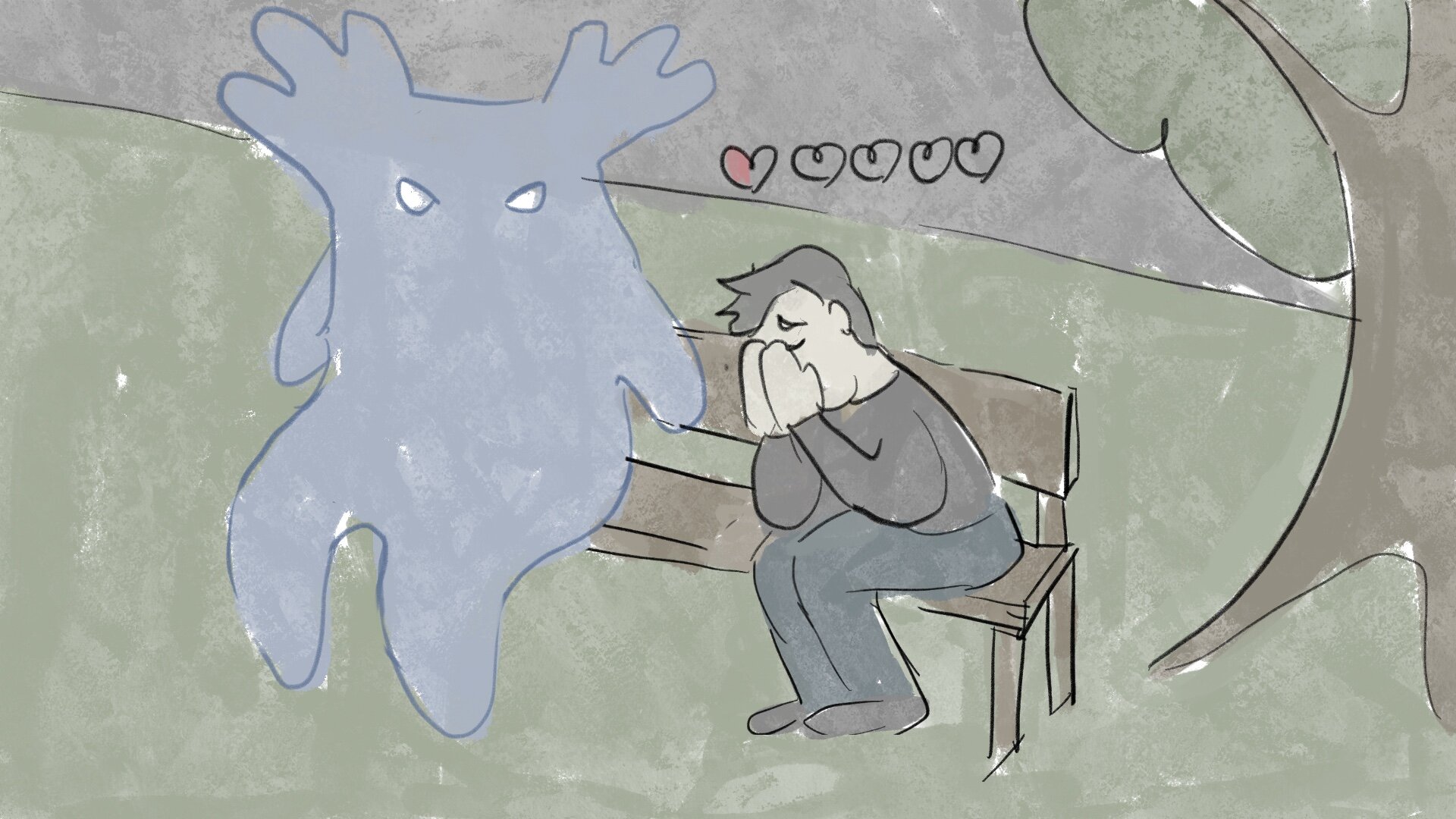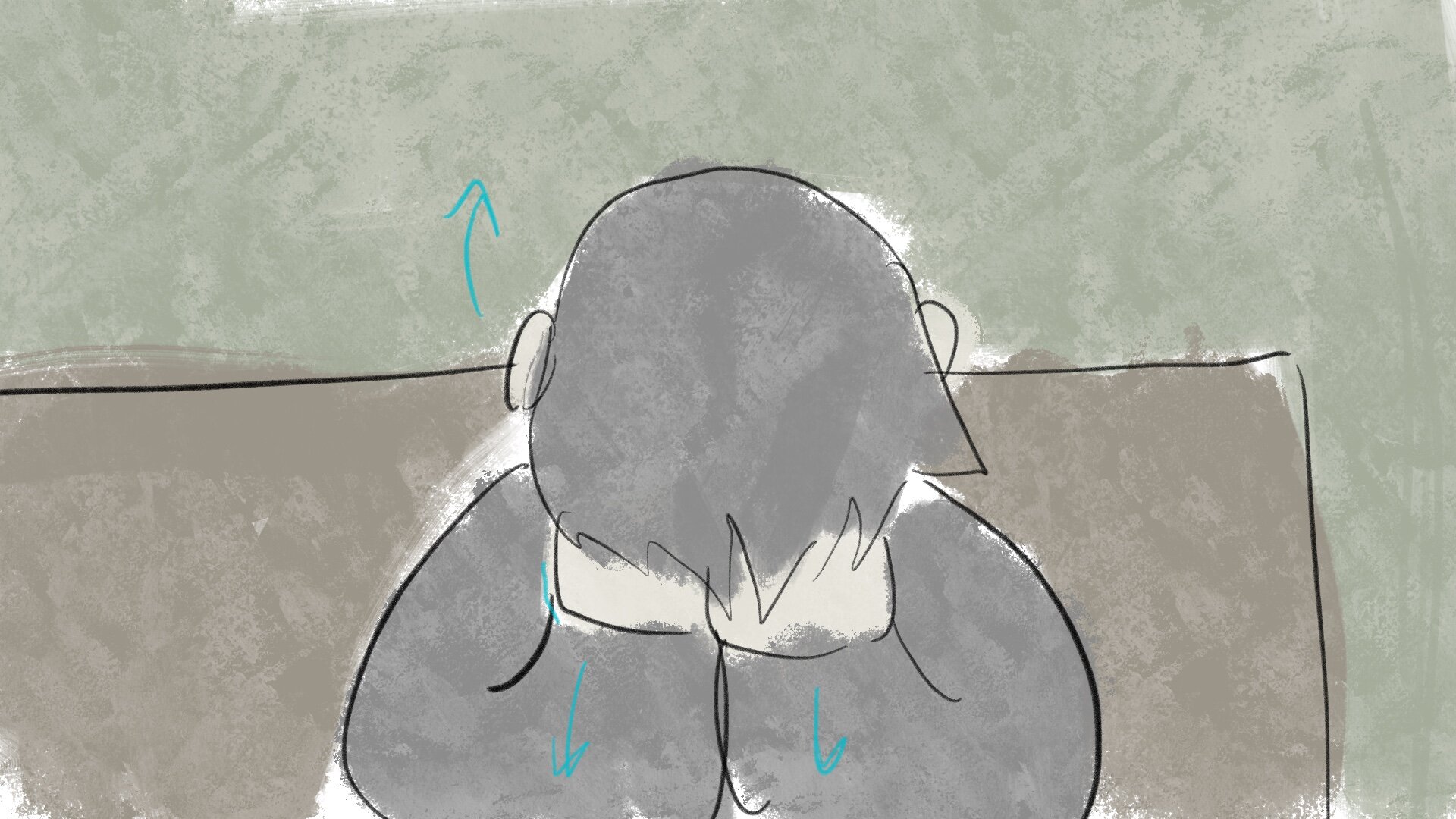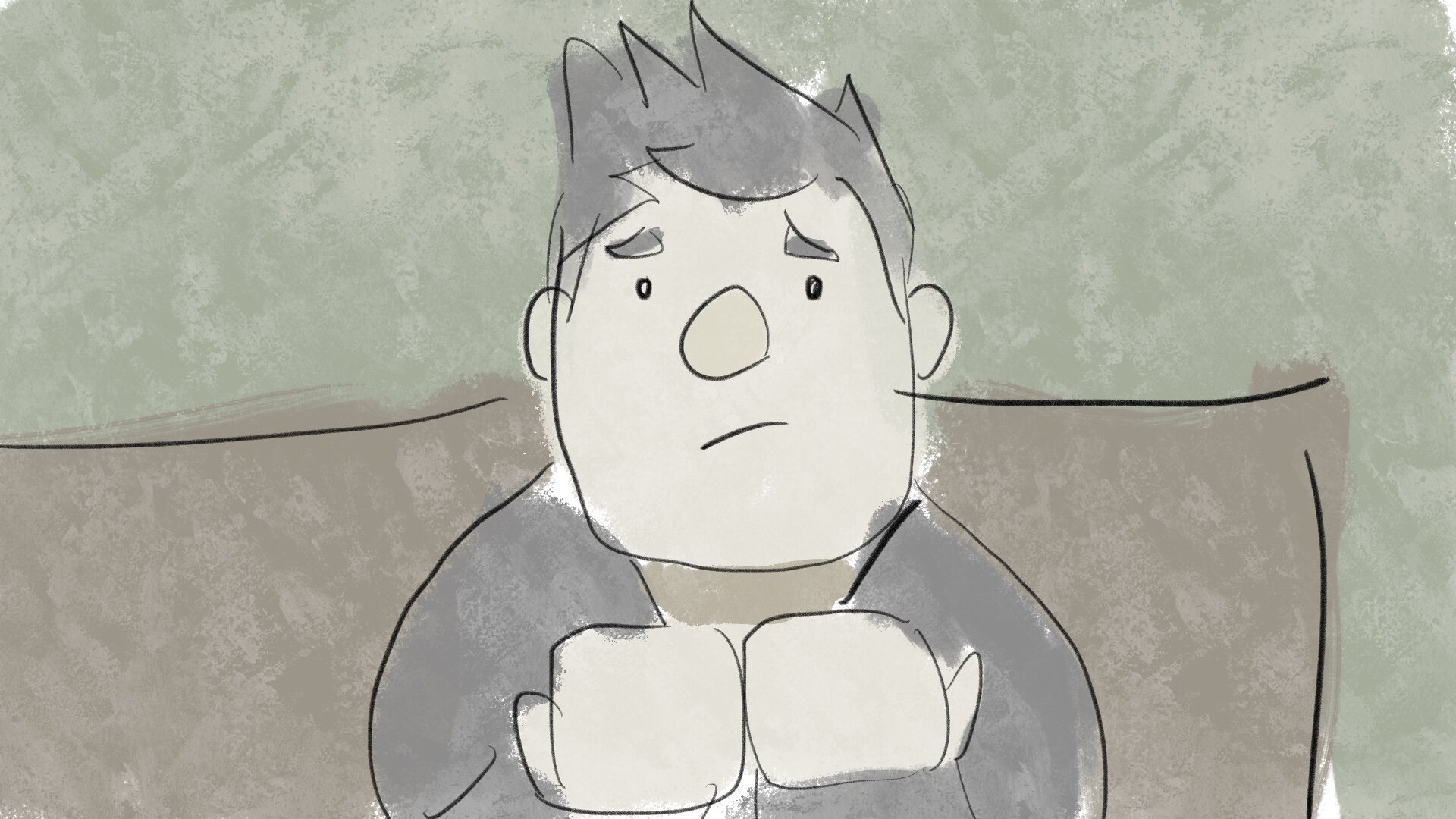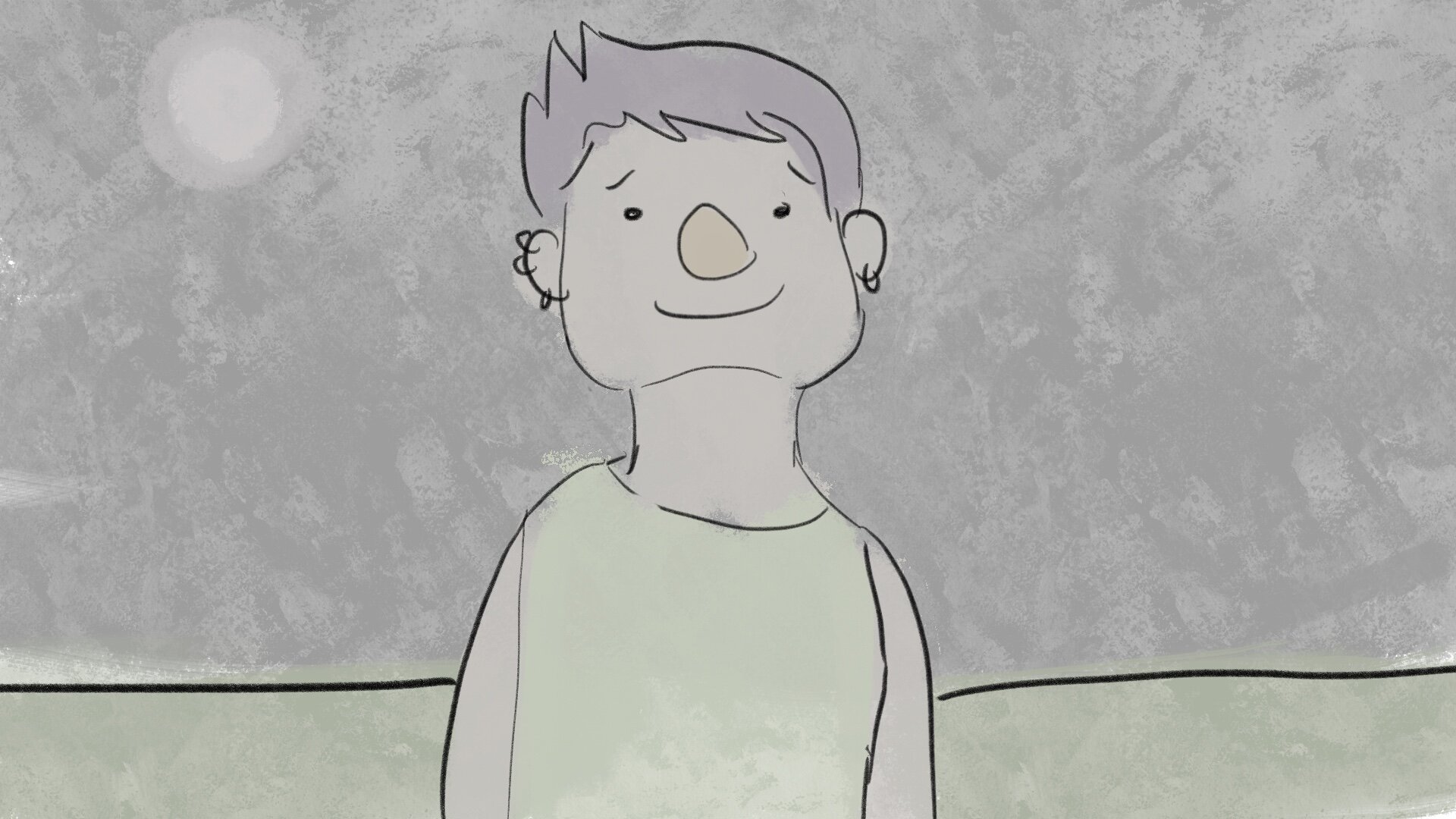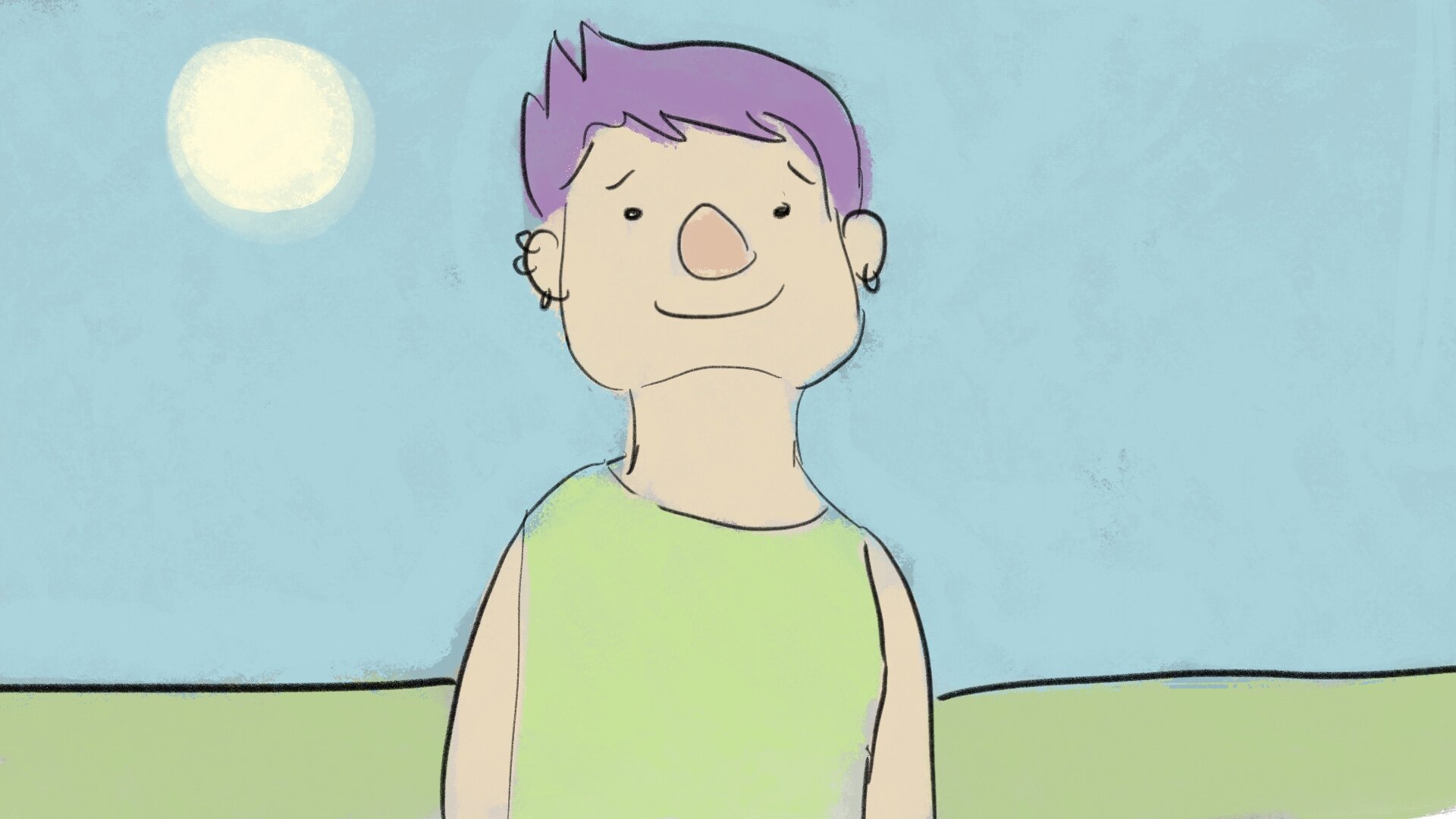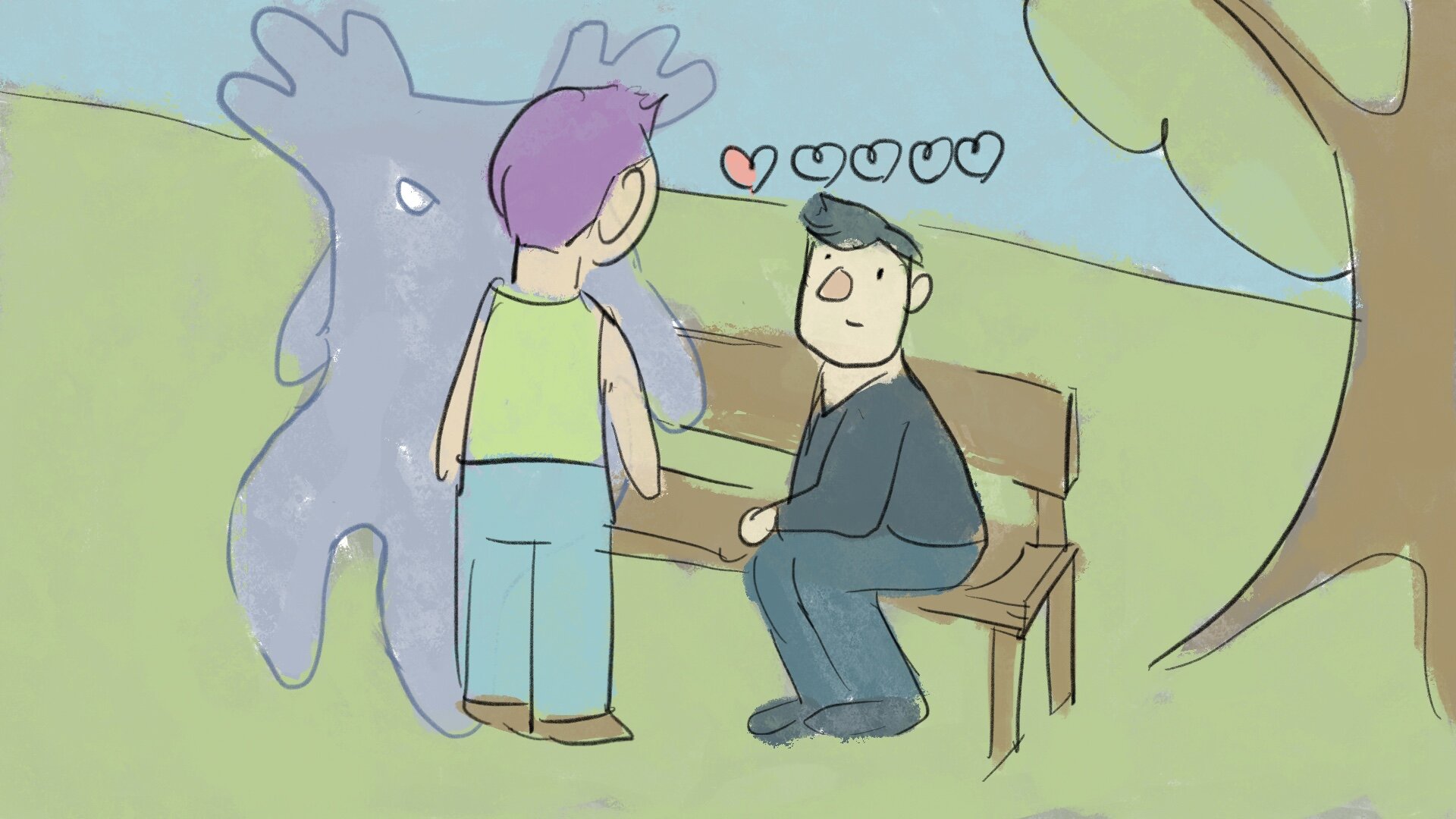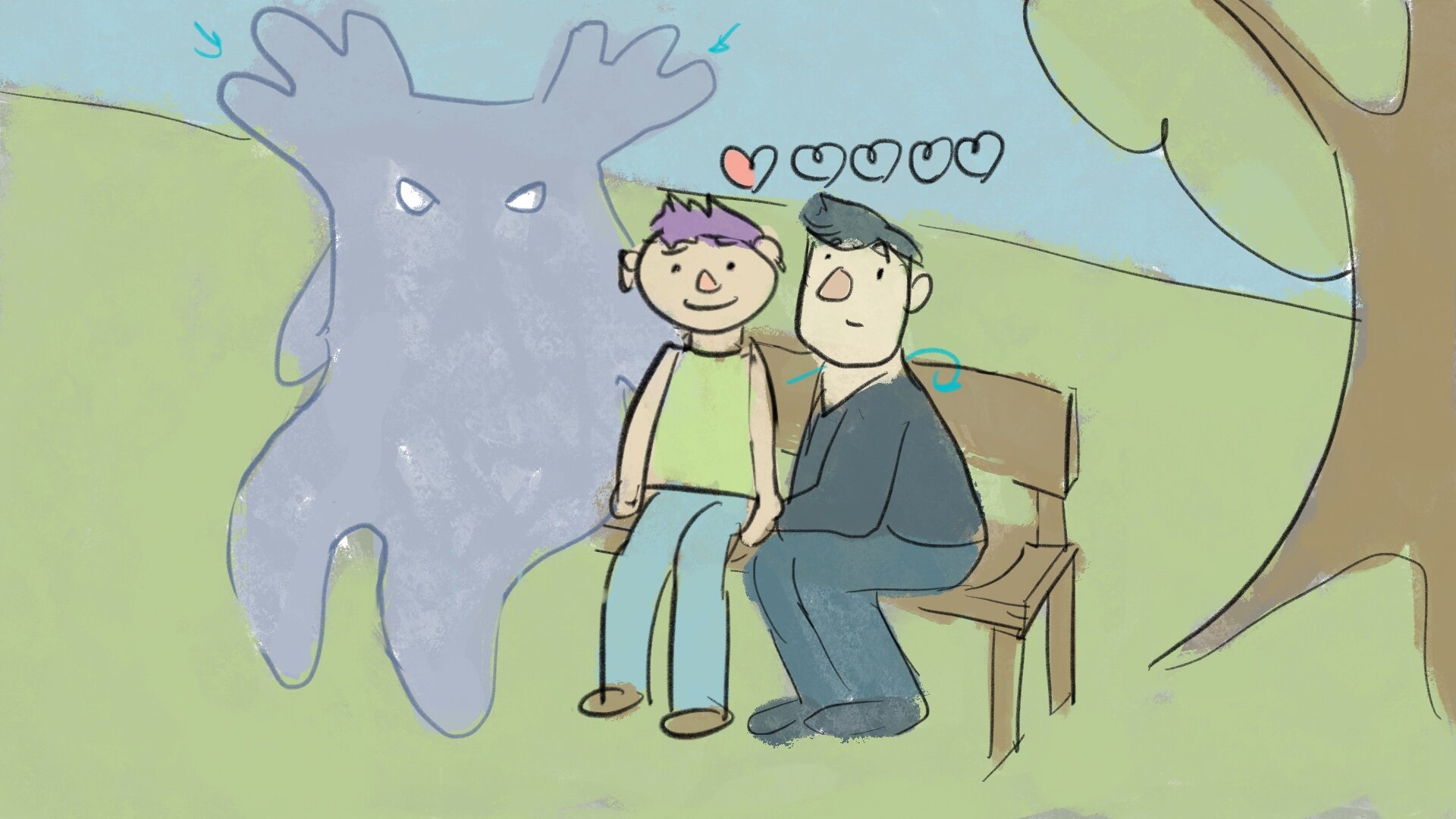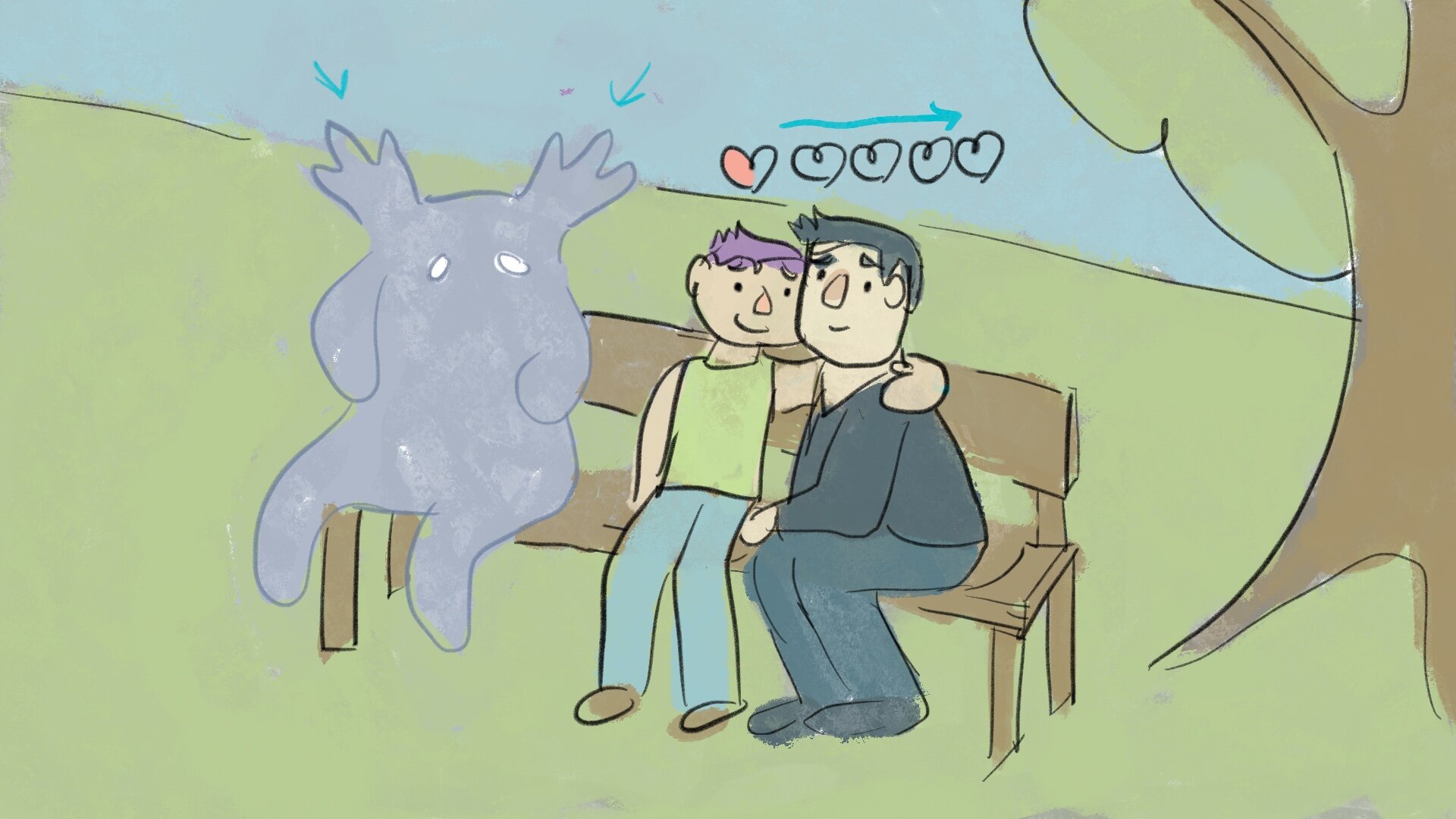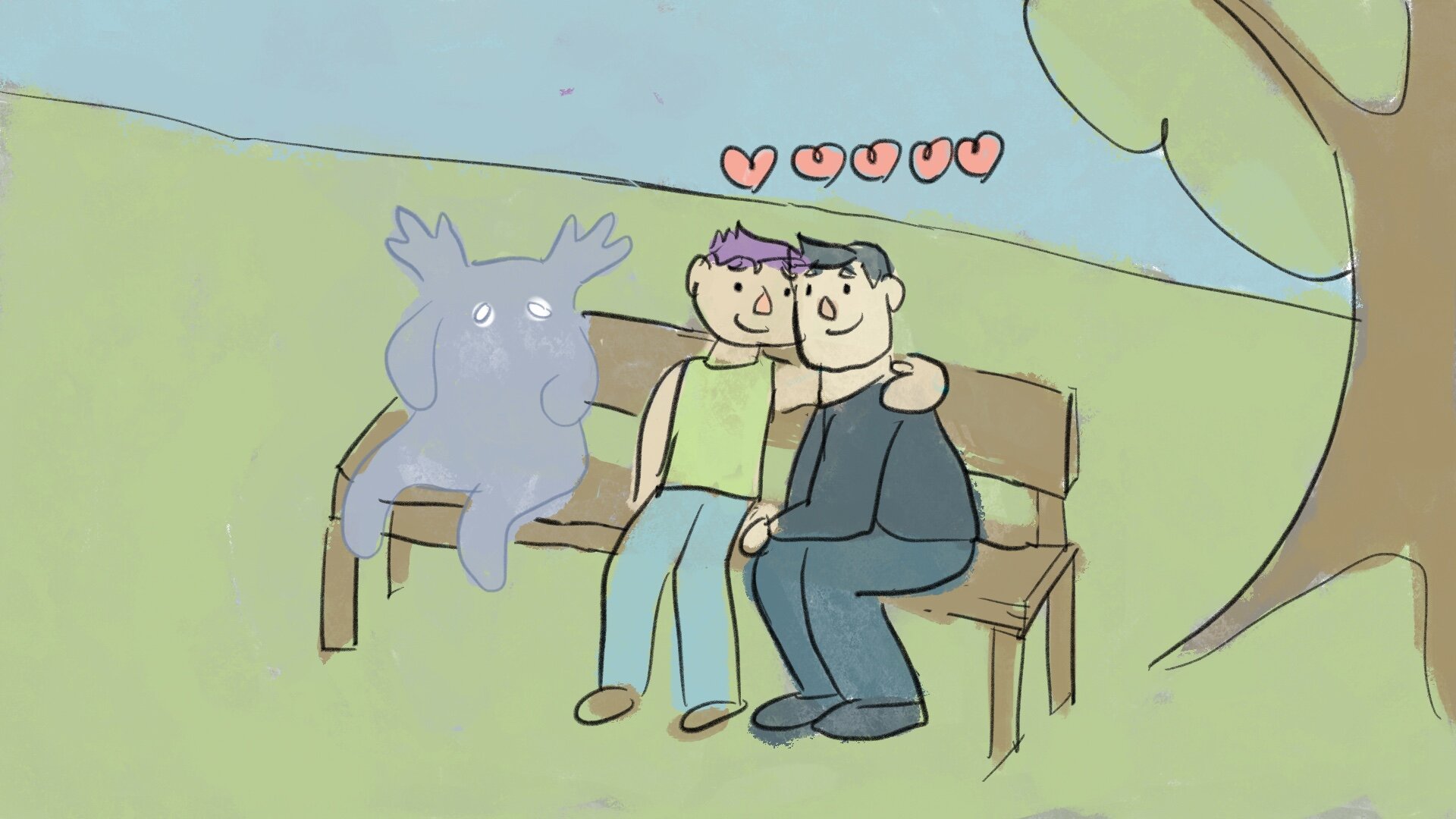Master’s Research Project: HIV-related stigma
Objective: To reduce HIV-related stigma through education
Audience: General public
Content advisor: Dr. Sean Rourke (MAP Centre for Urban Health Solutions at St. Michael’s Hospital, Unity Health Toronto)
Supervisors: Dr. Shelley Wall (primary) & Dr. Derek Ng
Format: 2D animation suitable for dissemination through social media
Medium: Adobe After Effects, Adobe Animate, Adobe Illustrator, Clip Studio Paint
Year: 2021
Despite advances in HIV treatment, HIV remains a public health issue in Canada. There is still considerable stigma surrounding HIV, which has a multitude of negative impacts on health and wellbeing.
My MScBMC Master’s Research Project uses 2D animation as a tool to communicate information about HIV-related stigma to the public, making a complex and abstract topic approachable and easy to understand. The project aims to reduce HIV-related stigma through education.
It is critical to involve people with lived experience in projects, especially with the topic of HIV-related stigma. In addition to my supervisory committee, I had a community advisory committee consisting of people living with HIV to help inform the project. I met with them throughout the course of the project’s development, and they provided me with invaluable feedback.
The video encourages further exploration of the topic on The Positive Effect website, a blog showcasing people’s experiences with stigma through different mediums.
Process work
Script
I started the project by doing research on HIV-related stigma and health education through visual media. This included a literature search, speaking to experts, and listening to stories from people living with HIV. My research found that animation can be an effective tool for teaching people about health topics, so I decided to create an animation.
After research, I developed a detailed treatment (outline), which I then fleshed out into a script in consultation with my supervisory committee and community advisory committee. The script has undergone several revisions with input from many people, paying careful attention to language and tone.
Concept art
While writing the script, I developed some concept art to give the people I was consulting a better idea of what would be happening visually. I chose to represent stigma as blob monsters to make the concept more concrete and approachable. This representation allowed me to show different forms of stigma, and how it manifests differently for everyone.
I wanted to keep the style simple, while allowing for diversity between characters. Simple designs make characters more relatable, and are more conducive to animation.
I presented different options for character style to my community advisory committee and had them vote on which style they thought would be best.
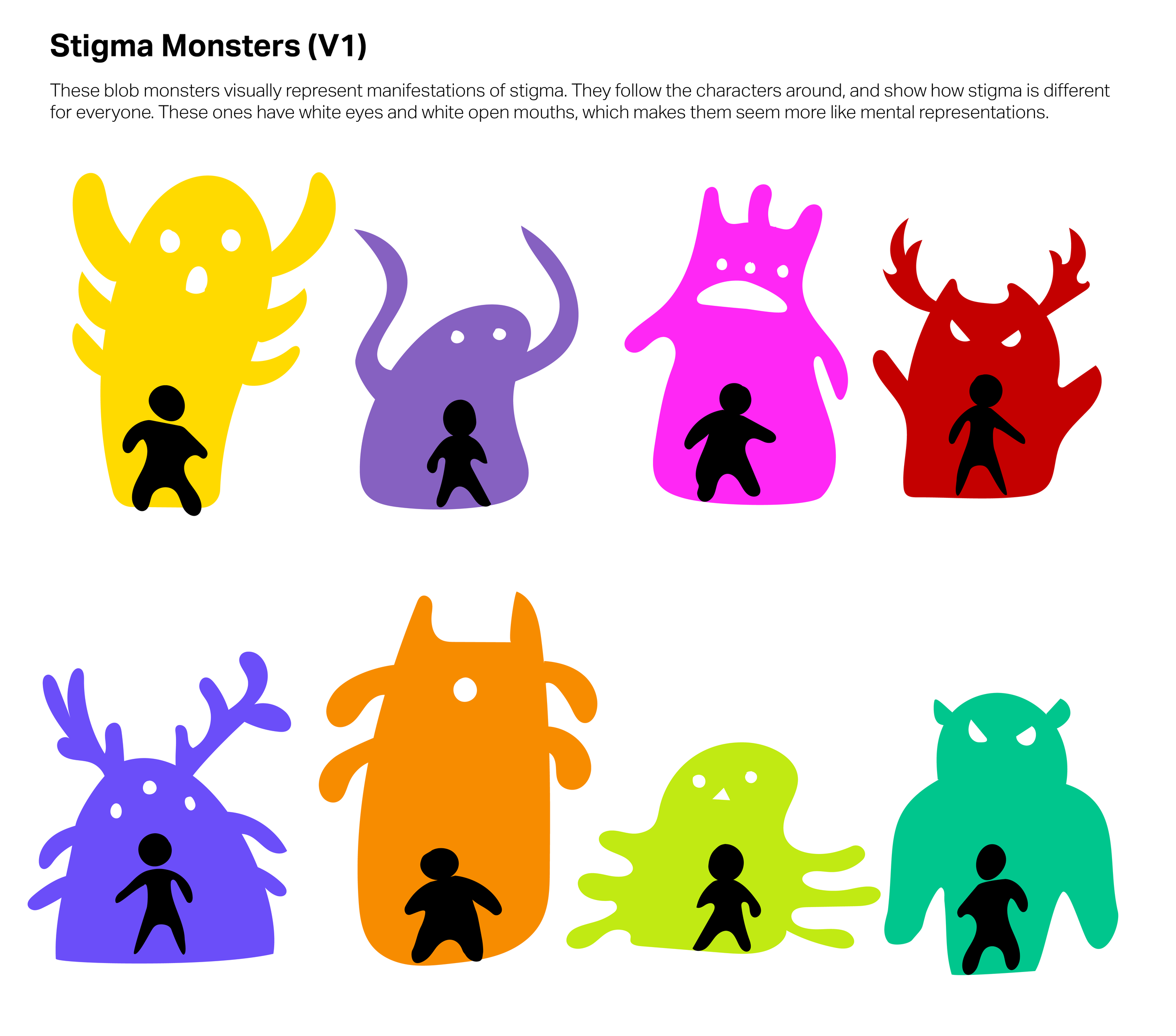
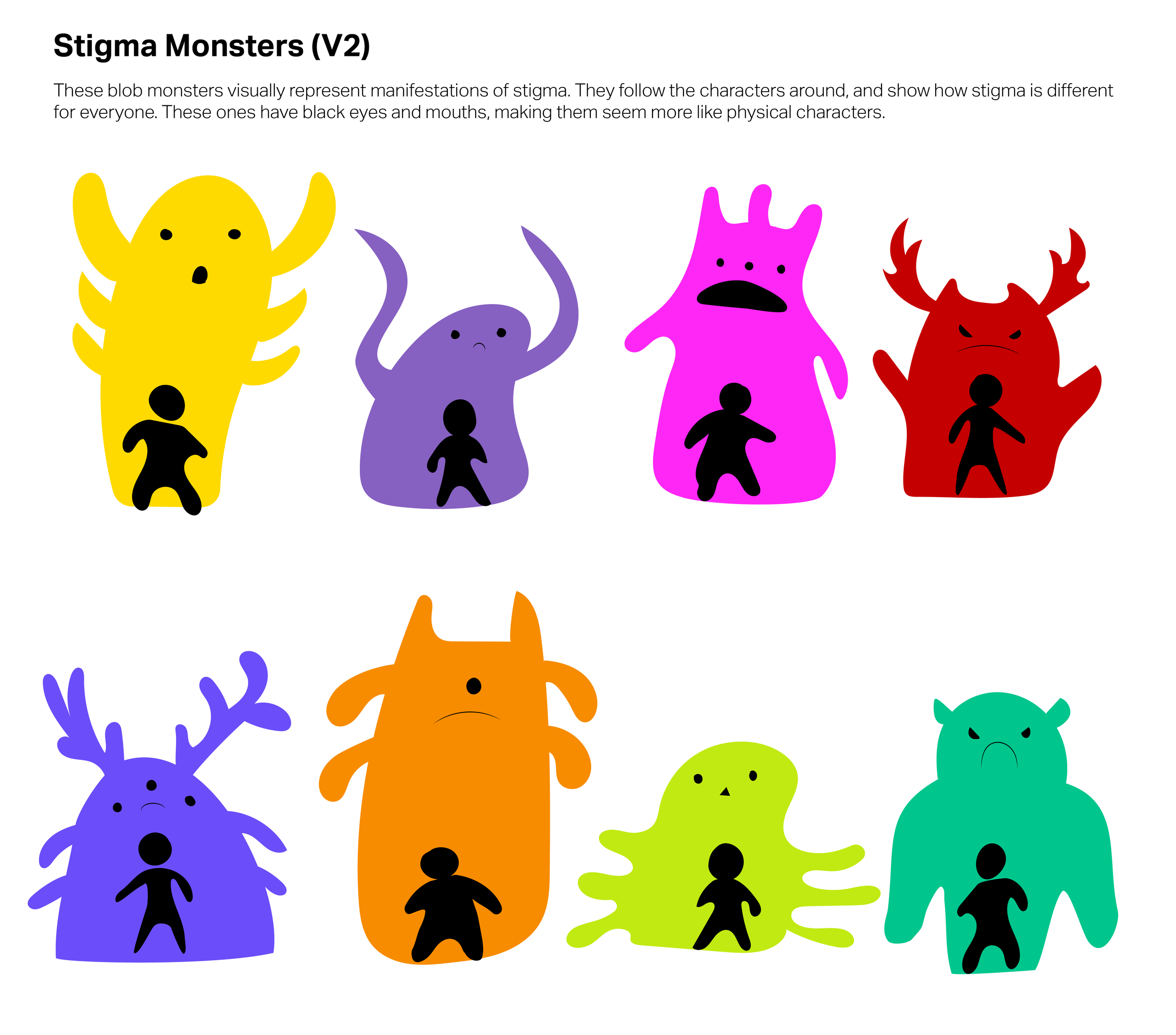
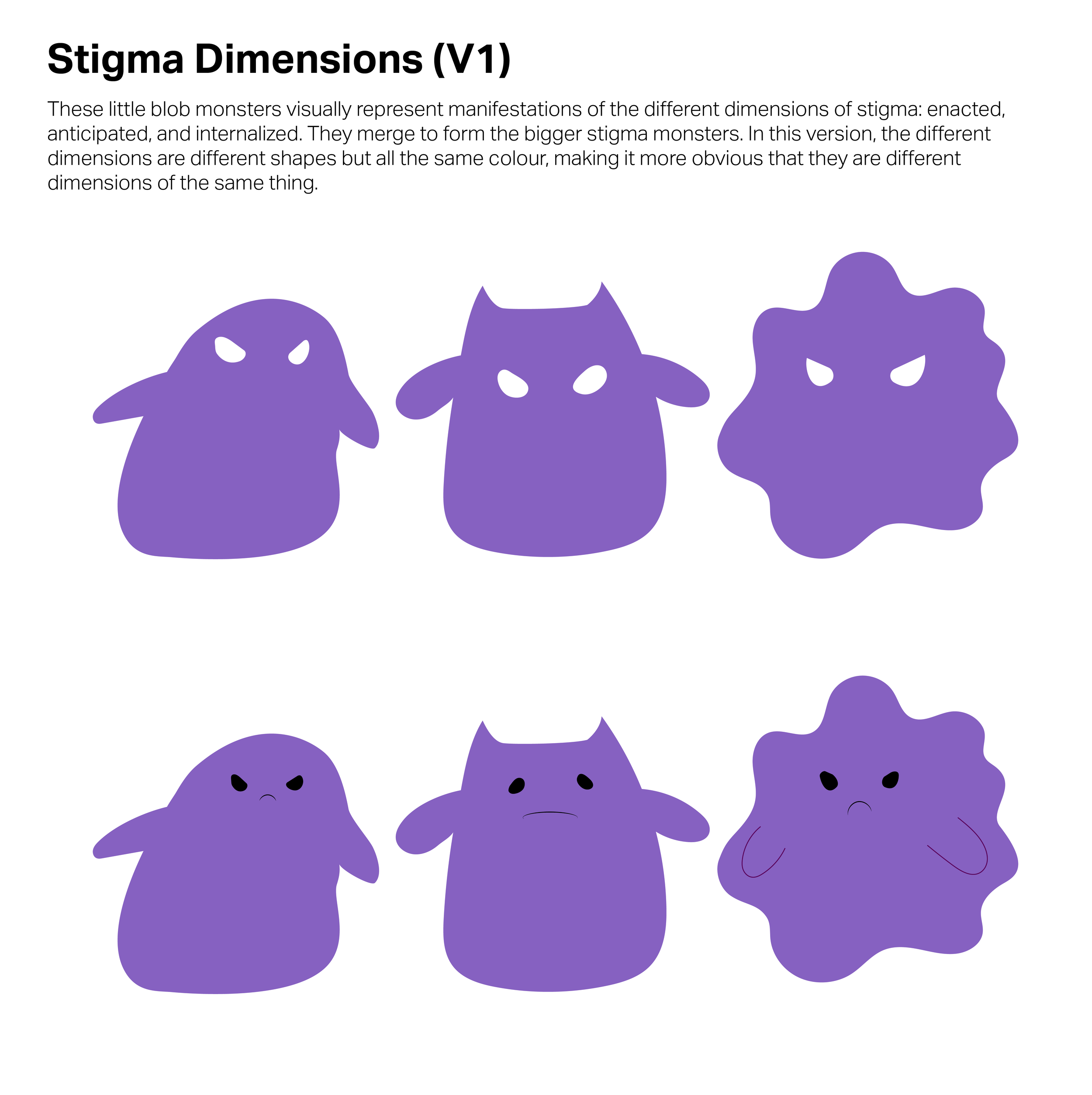
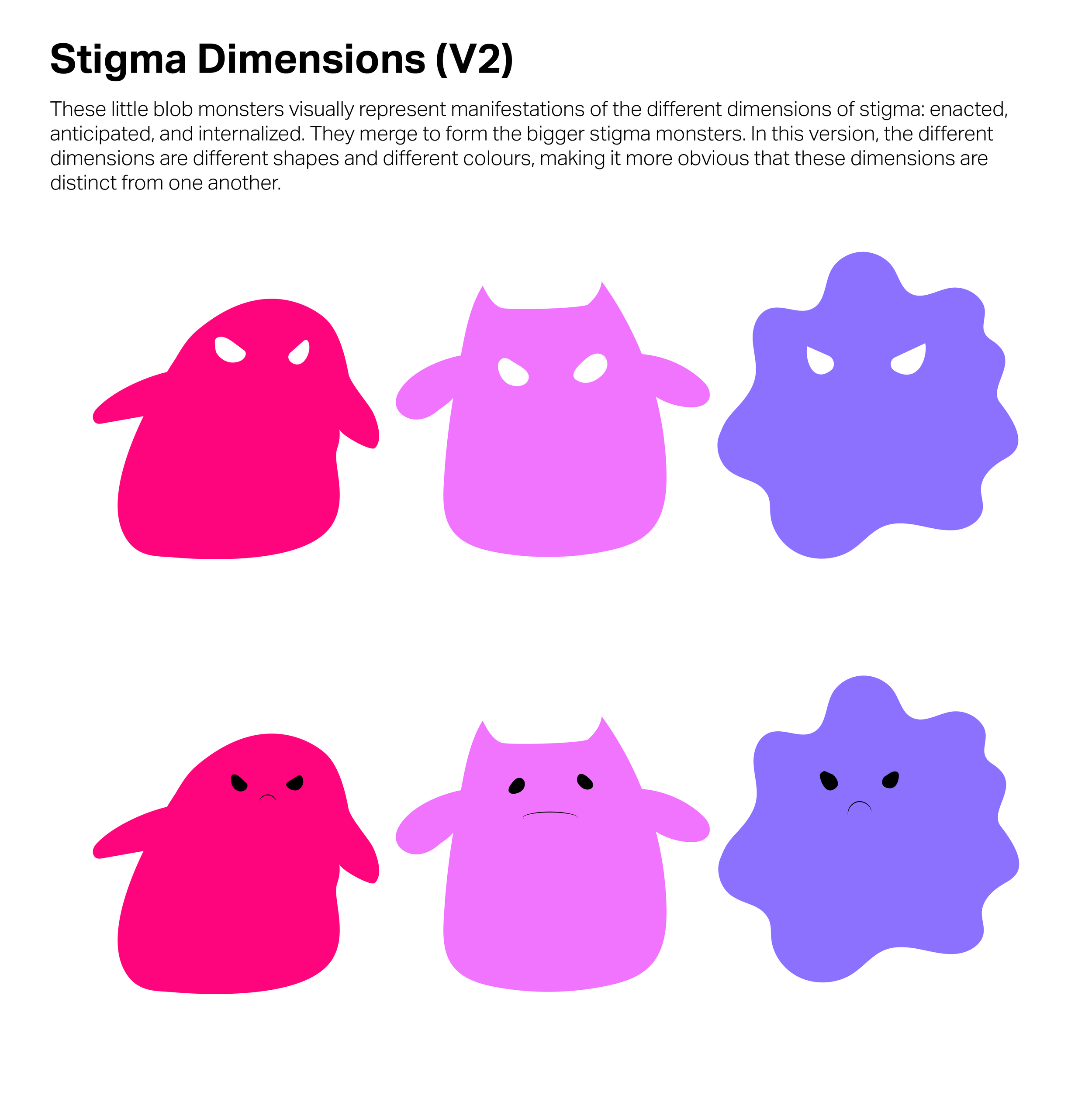
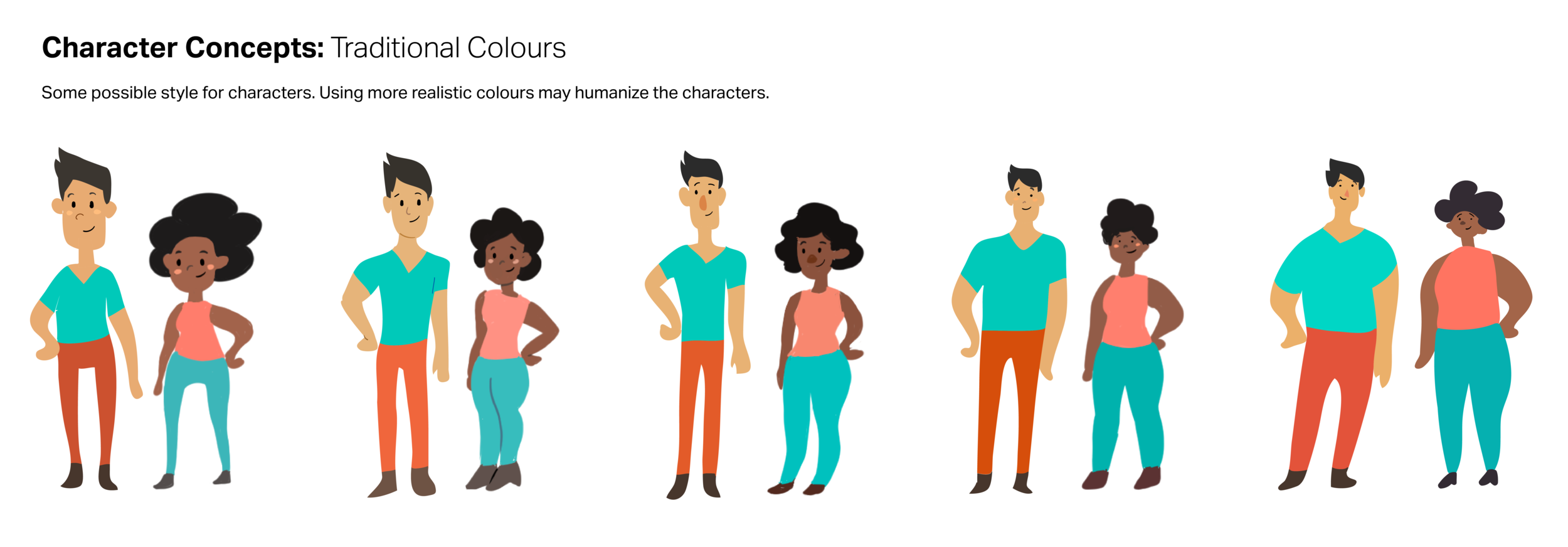
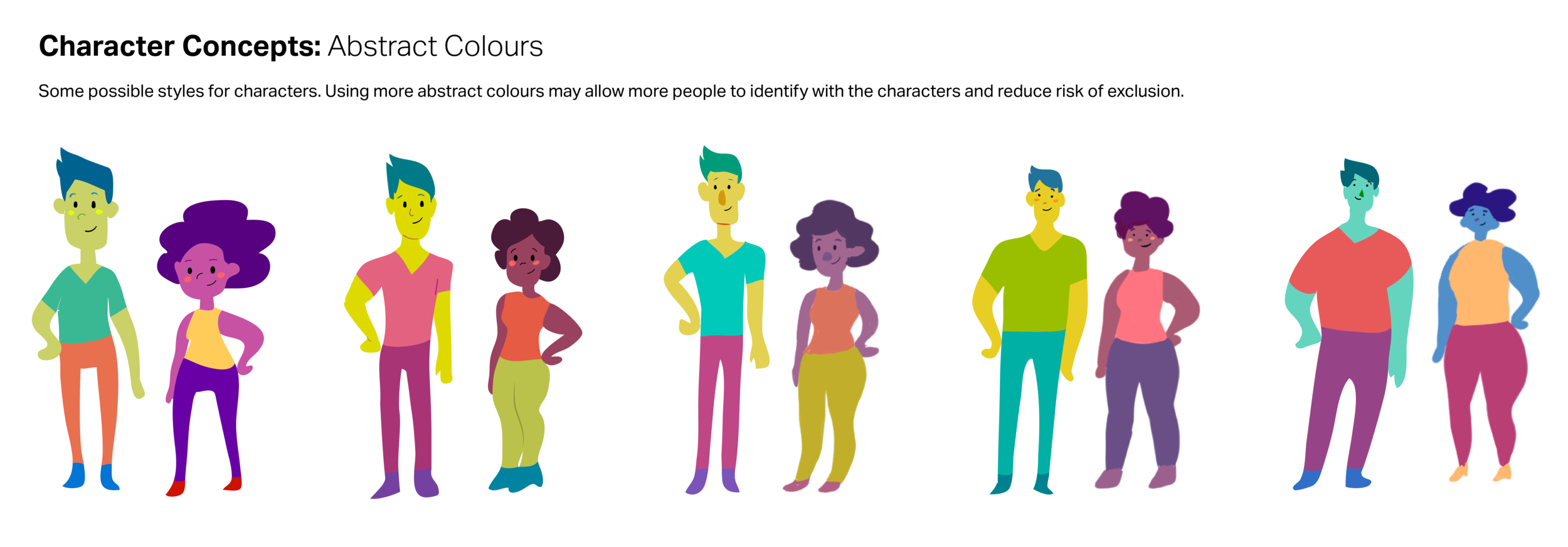
Character design
After settling on a style, I created an initial cast of characters to use in my storyboards. It was important to me to have a diverse cast, while also taking into consideration the populations most affected by HIV. Some (but not all) of the characters are shown below.
Storyboards
After refining the script, I created rough storyboards on my iPad in Procreate. These simple storyboards showed sketches of key frames to include, with arrows to indicate movement.
Animatic
I combined the script and storyboards into an animatic, which has the storyboards set to my voice in a scratch narration. I put this together in After Effects.
Since I had over 200 storyboards, it was helpful to show this to my community advisory committee to solicit further feedback on the storyboards.
Colour palette
A unified colour palette helps keep the animation cohesive and aesthetically pleasing. I needed a lot of different colours, so I made sure the colours weren’t too saturated to ensure viewers wouldn’t be visually overwhelmed. The palette has a warm tone to it, in keeping with trying to make the concept more approachable. While most of the palette is limited, I added a lot of skin tones, allowing for diversity.
I tested and refined this palette by roughly blocking in colours for key storyboards.
Animation
I used a combination of Adobe After Effects and Adobe Animate for my animation. After Effects is more efficient for animating certain elements, while Animate allows for hand drawn frame-by-frame shots. I used a mix of frame-by-frame and keyframe animation, depending on the shot.
In keeping with trying to make the animation more approachable and feel more hand drawn, I added textures and a rough paper cut-out look in After Effects.
The above shot was sketched by hand in Animate and animated in After Effects, using a combination of frame-by-frame and keyframe animation.
The above frame-by-frame animation was done by hand in Animate. For very complex character animation, I had friends and family act out the shots and used video references to ensure the movements were natural. I formatted the videos in Adobe Premiere and imported them into Animate, where I could use rotoscoping as a starting point. The background was created in Clip Studio Paint, and texture and effects were added in After Effects.
The above shot employs keyframe animation using assets created in Illustrator, except for the jumping person, which was done frame-by-frame in Animate. These were put together and animated in After Effects.
Sound
The final challenge was finding the right music for the animation. I had help from brand agency ConsumptionCo, who worked with composer Miro Rantalainen to create a score specifically for the animation that was “emotive and passionate, earnest yet optimistic.”
Final animation
Keep the conversation about HIV stigma going at The Positive Effect. Thank you to everyone who helped make this project possible!






